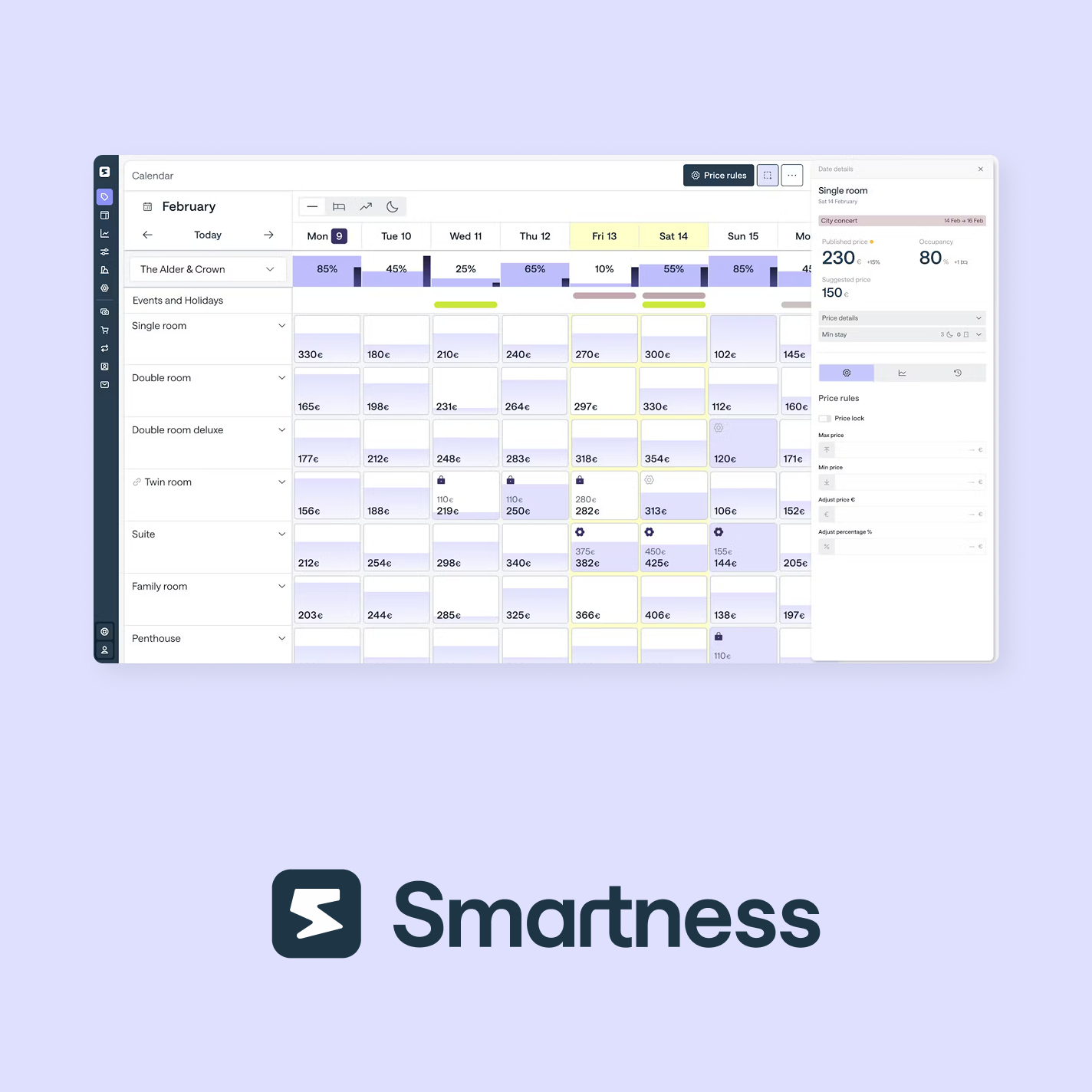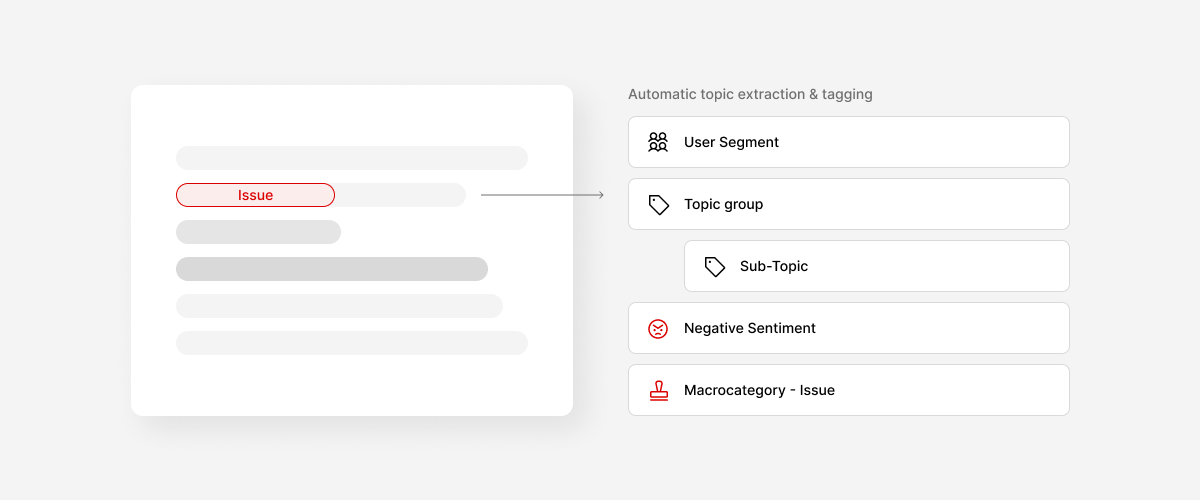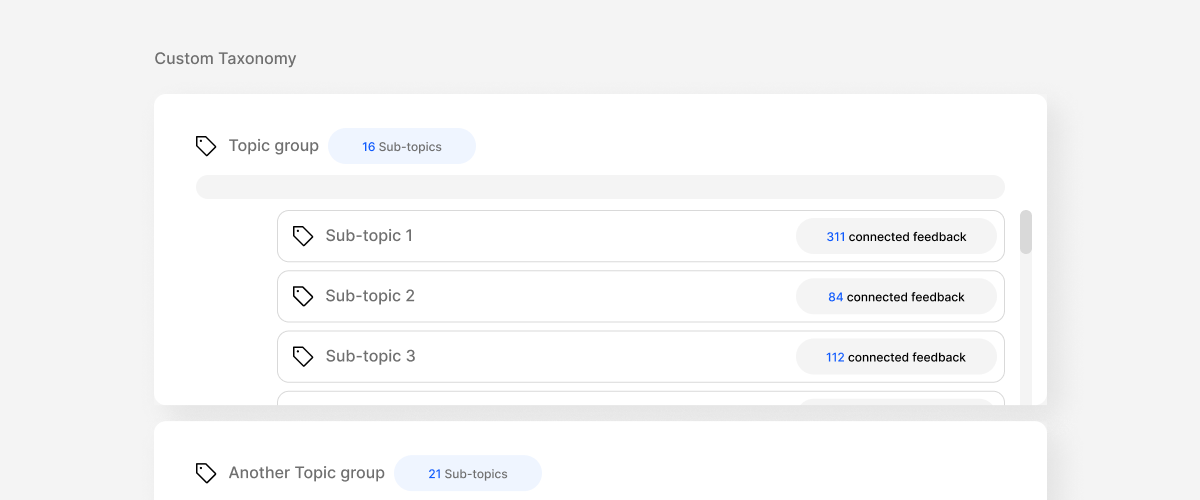Building the Bridge Between Users and Development: A Guide to Acceptance Criteria for Product Managers
Ever encountered a situation where a seemingly perfect feature landed with a thud because it didn't meet user expectations? That's where Acceptance Criteria come in, acting as a vital bridge between the user's needs and the development process.
What are Acceptance Criteria?
Imagine a clear set of conditions that define whether a feature is truly ready for user interaction. That's the essence of Acceptance Criteria. These are requirements, defined by product managers, that serve as a roadmap for the development team, ensuring the final product aligns with user needs and functions flawlessly.
Crafting Effective Acceptance Criteria:
Follow these steps to build impactful Acceptance Criteria:
- User-centric approach: Always prioritize user needs and expectations. Ask yourself: "What problem does this feature solve for the user?" and "How will they interact with it?"
- Specificity and Measurability: Use clear and specific language to leave no room for misinterpretation. Whenever possible, leverage measurable criteria like response times, error rates, or user satisfaction metrics.
- Beyond the Obvious: Consider edge cases and potential exceptions, ensuring the criteria account for various scenarios beyond typical use cases.
- Clarity and Simplicity: Keep your criteria concise and understandable, avoiding overly complex language that can hinder communication and understanding.
Why are Acceptance Criteria Important?
Acceptance Criteria are the cornerstone of a successful product. They ensure:
- Alignment: Everyone involved, from developers to stakeholders, works towards the same set of well-defined goals, minimizing miscommunication and rework.
- Early Defect Detection: By setting clear expectations, Acceptance Criteria help identify and address potential issues early in the development cycle, before they impact the user experience.
- Improved Quality: Defined criteria guide development efforts, leading to a higher-quality product that meets user needs and performs as expected.
When to Utilize Acceptance Criteria?
Embrace Acceptance Criteria throughout the product development journey:
- Early Integration: Ideally, create them during the planning phase to set the foundation for development efforts.
- Continuous Reviews: Regularly review and update the criteria throughout the development cycle to ensure they remain relevant.
- Complex Projects: They prove especially valuable for complex features involving multiple teams or stakeholders, fostering clarity and collaboration.
- Agile Environments: In agile development methodologies, Acceptance Criteria serve as checkpoints, guaranteeing each iteration meets the desired needs and expectations.
By incorporating Acceptance Criteria into your product development process, you create a shared language, bridge the gap between user needs and development efforts, and ultimately deliver a product that delights your users.



























